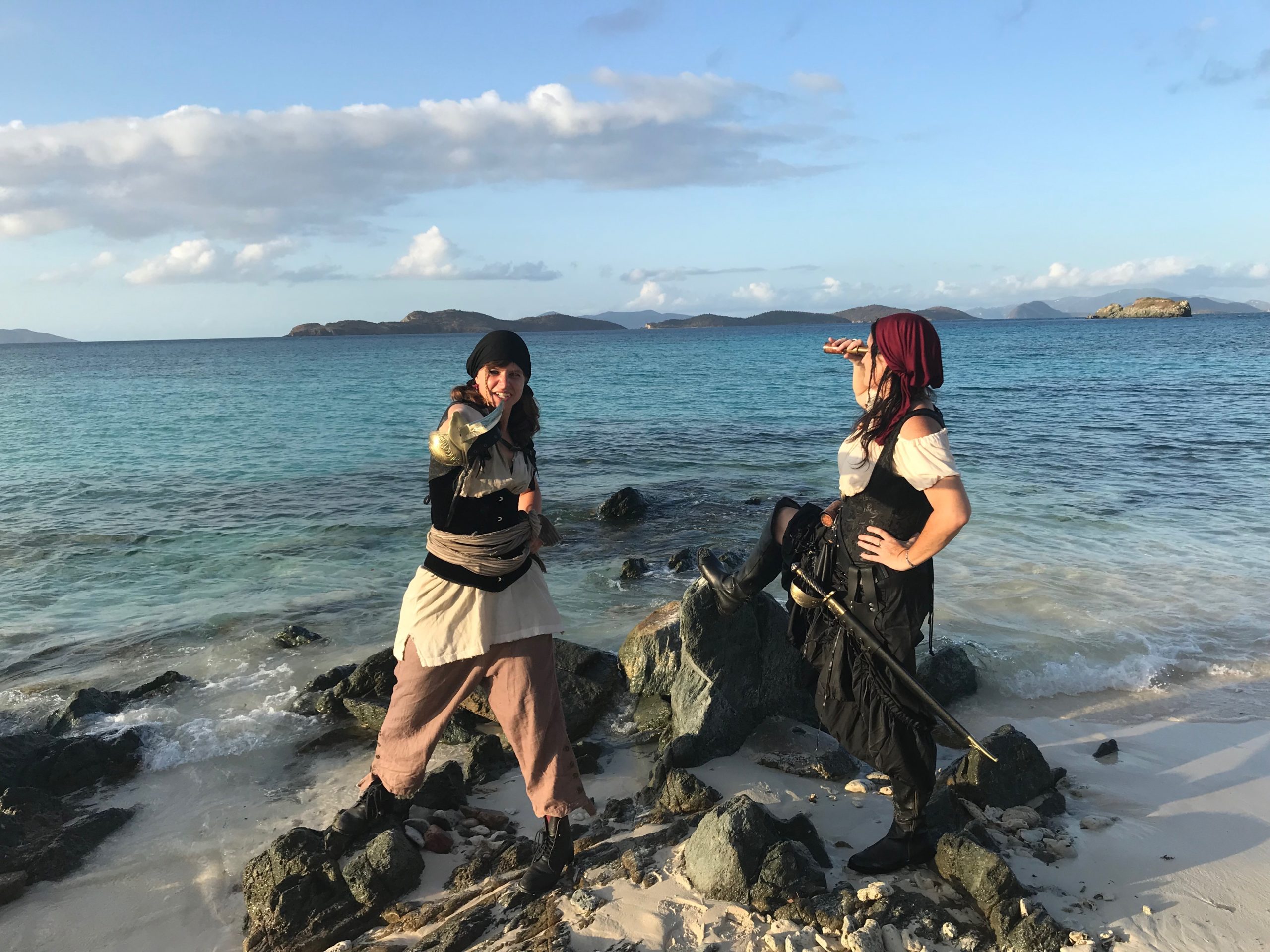
Buccaneers were pirates active in the Caribbean islands.
What is a Pirate?
As long as humans have walked the Earth, they’ve also been sailing it. And as long as humans have been exploring the seas, they have also been raiding and plundering.
Pirates have existed throughout human history, from the mysterious Sea Peoples that terrorized the Mediterranean to the Vikings. However, the pirates that capture the imagination most belong to the Golden Age of Piracy, a period of history spanning about 1650 to 1730. But just who were these pirates? How were they able to build such a legend for themselves? And why was piracy so popular?
A pirate is a person who attacks and robs ships at sea, or raids ports from a ship. Basically, if there’s burglary, a boat, and water, you have a pirate. To understand the Golden Age pirates, it is important to know a few different terms.
Types of Pirates
A privateer was a private, non-military citizen who owned their own ship and was (officially or unofficially) sanctioned by their country’s government to raid the ships of enemy nations. They were given a “Letter of Marque” from their king or queen, which were their papers declaring that their marauding behavior was “legal” – unless, of course, they got caught by the country they were raiding! The most well-known privateer was Sir Francis Drake, who operated under Queen Elizabeth I and made a fortune raiding Spanish ships in the Caribbean.
A buccaneer is the classic Golden Age pirate. They were originally hunters on the Caribbean Islands, and take their name from the French word boucan*, the grill they used for smoking meat. They began raiding Spanish ships that were traveling out of the Caribbean loaded with treasure, endearing them to France and England, Spain’s major colonial rivals, who would in turn offer them tacit approval to continue their raids. Many of these buccaneers developed alliances with colonial governors in the Caribbean and some even became governors themselves, such as Sir Henry Morgan.
A third type of pirate that was particularly active during the Golden Age of Piracy were the corsairs. These French privateers mostly operated in the Mediterranean, especially along the North Coast of Africa. The Barbary corsairs acted in defense of Islamic law, and were fearsome raiders. Barbarossa was one of the most famous of these pirates.
What Did They Do?
Many pirate crews would traverse the Atlantic, looking for treasure-laden ships crossing this busy trade route. Others spent their time waiting outside busy ports in the Caribbean so they could raid ships as they set sail. The Caribbean region was especially conducive to pirating activities due to its many small islands and hidden bays that made it easy to conceal ships for sneak attacks.
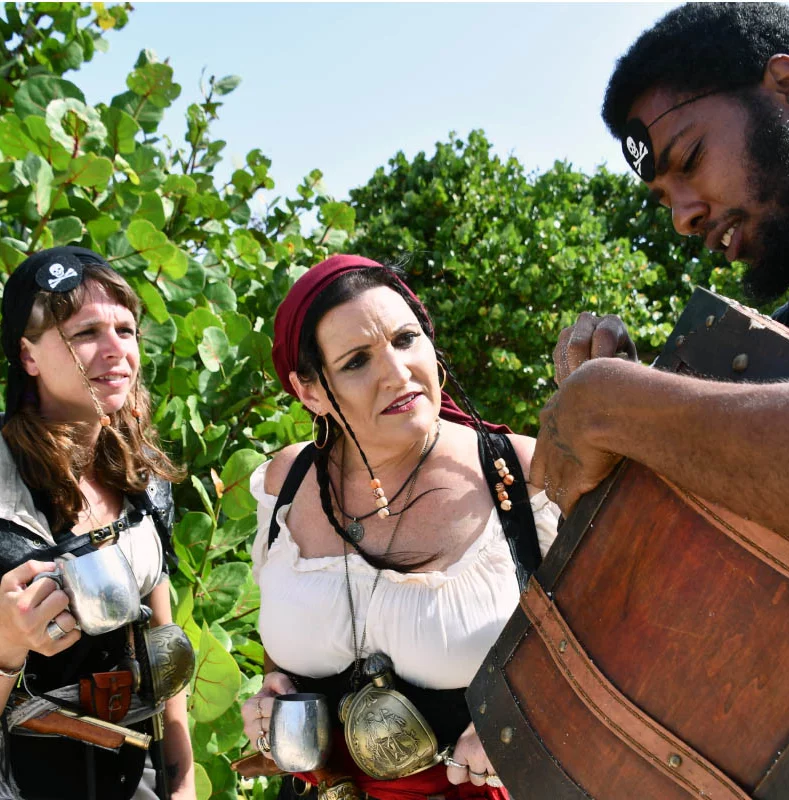
Pirates attacked and rob ships at sea or docked in port.
Pirates have the reputation of showing no mercy to captured crews, and this was sometimes the case. However, more often they would allow captured crews to join their ranks. This was especially true for surgeons, who were often not given a choice about joining the pirate crew. Pirate captains would also ask the crew if they felt their captain was fair. If the captain was found to be unjust, he would be marooned on an island and the crew would be allowed to join the pirates.
Why Would Anyone Become a Pirate?
The Golden Age of Piracy coincided with a period of massive upheaval in Europe. As England, Spain, France, Portugal, and other European powers vied for control of the New (to them) World, there were many shifting alliances amongst these countries and many wars stopping and starting again. European powers were eager to have control over this region with its wealth of natural resources, and would do just about anything to get it. The rise in privateers was directly related to the desire for colonial control.
But what did this mean for the regular citizens? Many of them were all too happy to join a pirate crew. Some were ex-Navy who needed an outlet for their particular skills of fighting on the high seas. The Navy was a tough gig, ruled by discipline and fear, while many pirate crews operated from a place of equality and democracy. The crew voted on their captains, who had to keep their crew’s best interest in mind to maintain their position. All crew members received an equal portion of the spoils of any raids, and anyone who was injured during a battle received an extra payout in an early form of worker’s compensation. Additionally, due to the economic upheaval in Europe as a result of the wars, non-pirate job opportunities were dwindling, or involved lengthy apprenticeships. Many young people were eager for the opportunity to travel to exciting places and get rich quick.
How Did A Pirate Make Their Attacks?
The most popular pirate ships were sloops or schooners, and had the ability to maneuver quickly and in shallow waters, easily outsailing Navy or merchant ships. Pirates wanted to avoid a fight when they could, as this could cost them men and ammo or damage their ships. Often, pirate ships would fly false flags until they got within firing distance of their target. Once in range, they would fly their ship’s flag, usually something gruesome like skeletons with weapons or bleeding hearts. These fearsome flags were meant to encourage surrender without a fight.
Pirates also built frightening reputations for themselves to intimidate ships. The famed pirate Blackbeard lit firecrackers in his beard and hat, so that he would be surrounded by smoke. This terrifying sight would usually result in immediate surrender.
What Happened Next?
As England’s colonial presence strengthened, the activities of pirates and privateers began threatening their trade ships in addition to those of Spain and France. As a result, England increased their naval presence in the Caribbean in an attempt to protect their wealth. Additionally, England offered some of the more successful pirates a pardon and a chance to keep their wealth as long as they retired. This led to a decline in the pirate activities of the region, and the Golden Age of Piracy came to an end. This of course is not the end of piracy altogether – humans will be humans, after all.
To find out more about the history of piracy in St. Thomas, visit the Pirates Treasure Museum or enjoy one our pirate-themed adventures!
*edit 08/01/2023: The word boucan may also have its roots in Indigenous languages of the region. The technique was in use in the area when European colonists arrive.

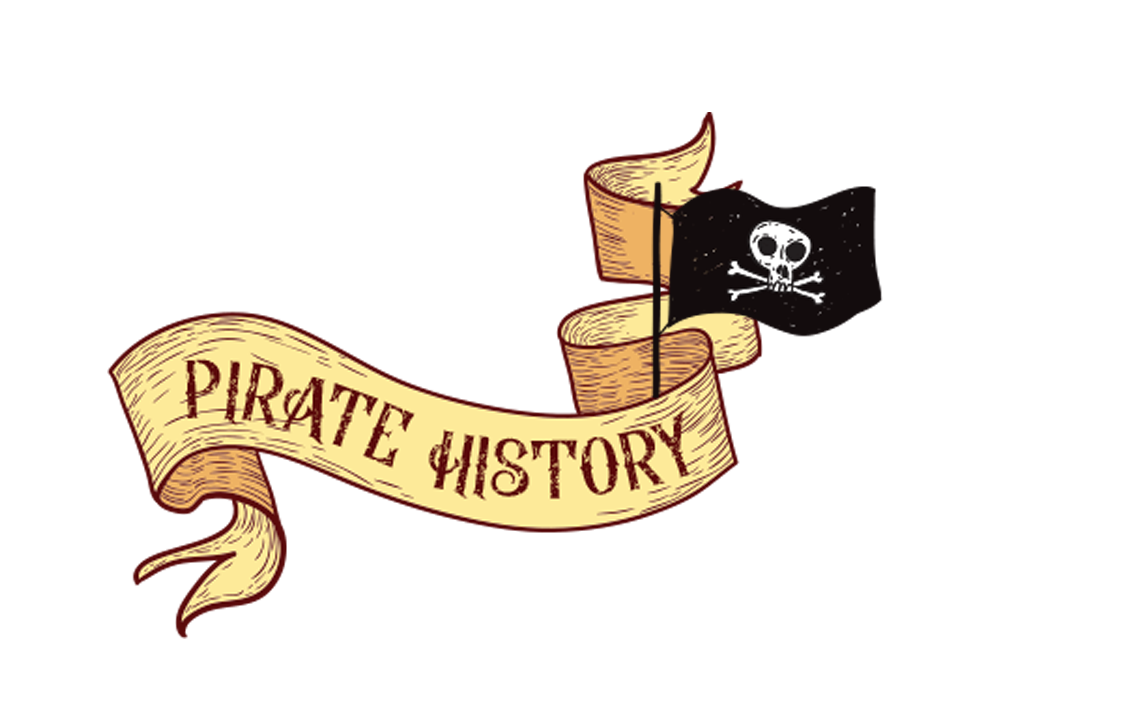
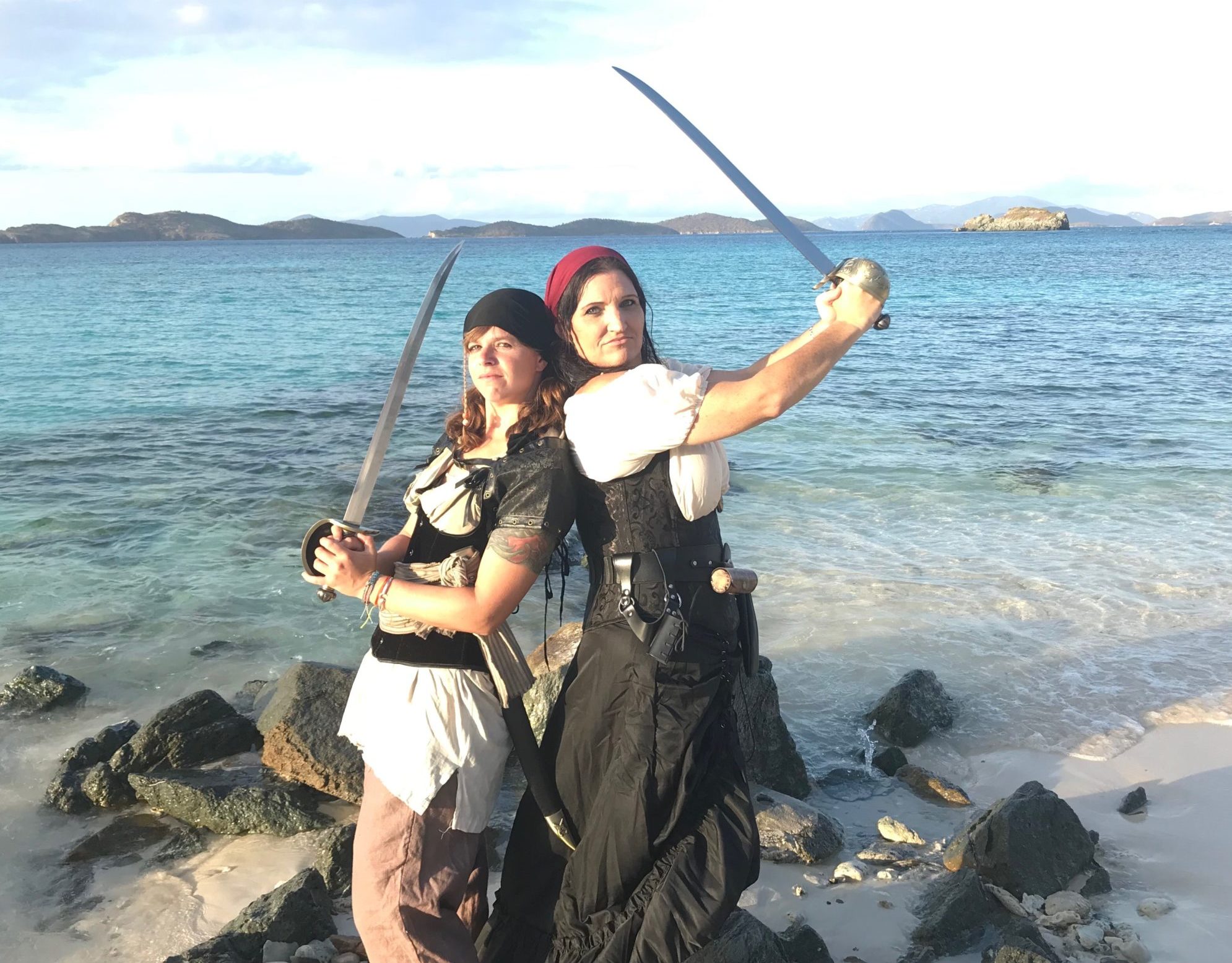
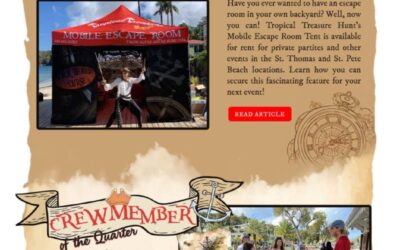
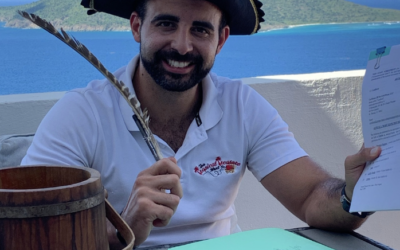
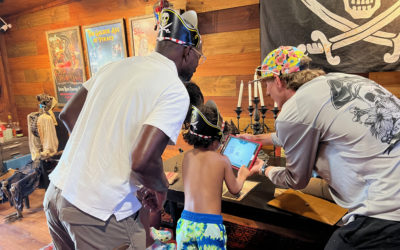
0 Comments